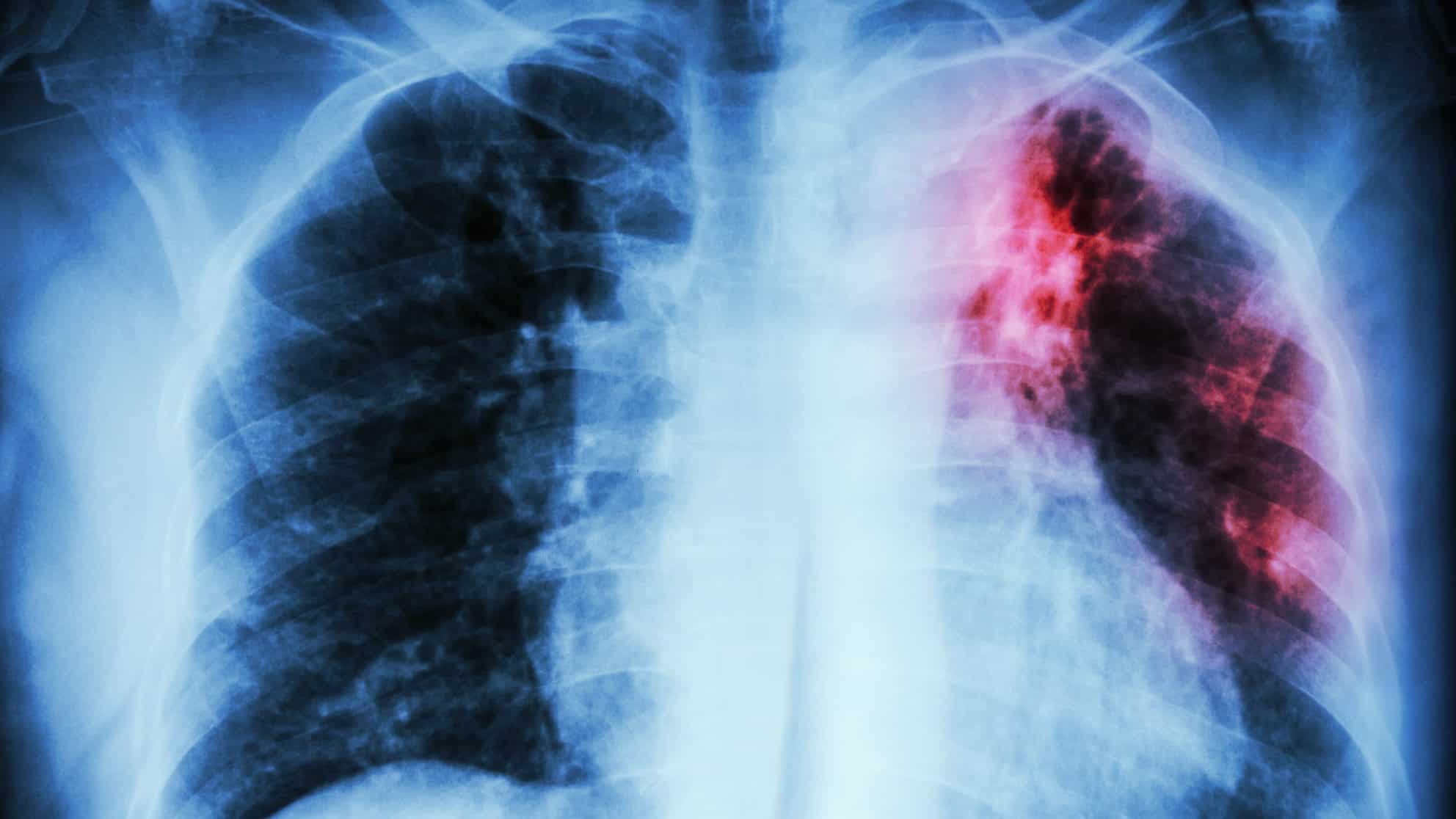BCG Could Rouse Innate Immune System through Bone Marrow Stem Cells
The dogma that adaptive immunity is the only arm of the immune response with memory capacity has been recently challenged by several studies demonstrating evidence for memory-like innate immune training. However, the underlying mechanisms and location for generating such innate memory responses in vivo remain unknown.
Now, in a new study, McGill University scientists have shown that the TB vaccine, BCG is administered with access to bone marrow stem cells, it can generate trained monocytes/macrophages, thereby generating protective immunity against TB. In the bone marrow, BCG can induce the reprogramming of hematopoietic stem cells (HSCs) and multipotent progenitors (MPPs).
“The current available BCG-vaccine is not effective. TFstehe current antibiotic treatments are toxic and have resulted in generating TB-resistance strains. The antibiotics era is approaching its end; we are in serious trouble with this bug if we don’t investigate an alternative approach,” says lead corresponding author Dr. Maziar Divangahi, a pulmonary immunologist and expert in immunity to TB at the Research Institute of the McGill University Health Centre (RI-MUHC).
Working with Université de Montréal geneticist Dr. Luis Barreiro and his team at the UdeM-affiliated CHU Sainte-Justine Research Centre, the researchers were able to dissect
and identify the genomic pathways involved in triggering an enhanced innate immune response against TB.For the first time now, the team has showcased that when BCG, is administered to mice in a way that enables access to the bone marrow, it can reprogram stem cells. These primitive cells are responsible for generating all immune cells including the innate arm of our immune response, the first line of defense in the war against TB.
“Although we demonstrated that BCG educates stem cells to generate trained immunity, we had no idea about the molecular mechanisms that were involved in this protective pathway,” says Dr. Divangahi, who is also an Associate Director of the Translational Research in Respiratory Diseases Program at the RI-MUHC and an Associate Professor of Medicine at McGill University.
This is when the team collaborated with Dr. Barreiro and his team at Sainte-Justine. With Dr. Barreiro’s team, they aimed to dissect the genomic pathways involved in triggering the enhanced innate immune response against TB.
Together they were able to demonstrated how the protective programs were imprinted and transmitted from stem cells all the way to macrophages. In addition, they identified the genetic imprint of the protective pathways in educated macrophages that were “turned on” to kill the TB pathogen. “It’s really about finding different ways to develop better vaccines, ones that will harness the power of macrophages and finally put the body’s innate immune memory to use” says Dr. Barreiro.
“The current vaccine – BCG – was introduced in 1921 and has failed to control the tuberculosis epidemic. This work will completely re-orient efforts to develop a new vaccine for TB,” adds Dr. Marcel Behr, director of the McGill International TB Centre in Montreal.






























